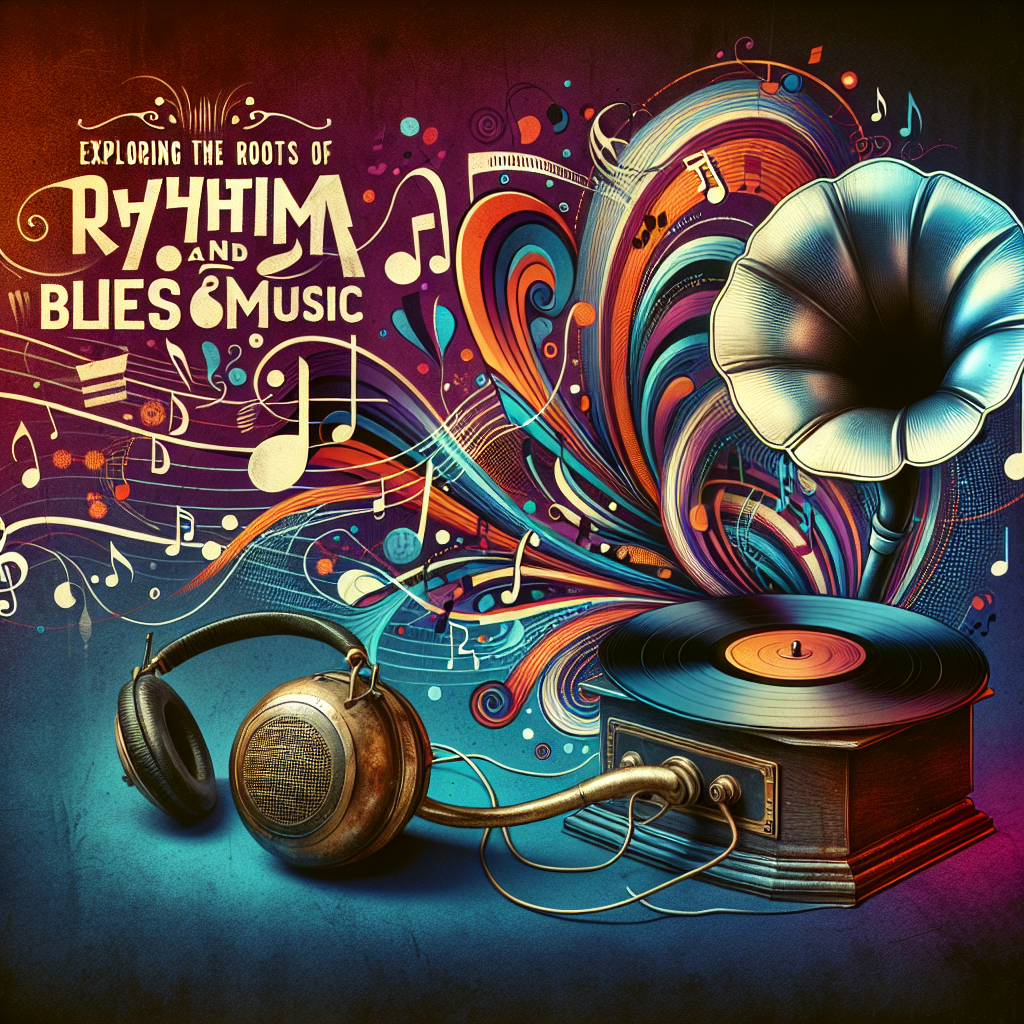Music, in its many forms, reflects the vast diversity of human expression. It transcends geographical boundaries, forging connections between cultures and continents, and gives voice to the shared human experience. Traditional music, in particular, encapsulates the rich tapestry of cultural heritage and historical narratives of societies across the continents. The array and diversity of traditional music forms around the world are as fascinating and varied as the cultures and societies they originate from.
The Spirit of African Music
Africa, often referred to as the cradle of civilisation, has a vast array of traditional music. Rooted deeply in the societal structure, African music is usually functional. It is often incorporated in rituals, ceremonies and daily activities. Drums, kalimbas, kora and balafon are commonly used in music-making. From the rhythms of West African jembe to the soulful tunes of South African Zulu music, African music is an entrancing blend of complex rhythms and harmonies.
Asia and the Symphony of Diversity
Asia, home to numerous distinct nations, each with its unique language, religion and culture, serves up a fascinating panorama of traditional music. The Gamelan music of Bali and Java, Indonesia, is a set of percussive instruments, producing a melodious and layered harmony of sounds. Carnatic and Hindustani classical music from India, evolved over centuries, evoke deep spiritual connect. The throat singing from Mongolia called ‘Khoomei’ is equally intriguing, as are the rhythmic beats of Taiko drums from Japan.
Harmony in the Americas
The traditional music of the Native American tribes and the diverse styles of Latin American music stand as testament to the continent’s vibrant cultural history. Native American music, largely based on vocals and percussions, often incorporates spiritual elements. Latin American music, on the other hand, is a fusion of Indigenous, African, and European influences, producing such dynamic genres as Salsa, Merengue and Bossa nova.
The Melody of Europe
Europe presents a harmonious blend of folk and classical music. The Flamenco from Spain, with its passionate dance, soulful song and dynamic guitar playing, is a testament to the country’s historical phases. Ireland’s traditional Irish music, largely based on melodic instruments such as the Irish flute, tin whistle and Uilleann pipes, continues to resonate in modern times. The balalaika from Russia, a stringed musical instrument known for its unique triangular form, produces music as diverse as the land itself.
Conclusion
Traditional music forms, in all their dynamism and diversity, serve as an aural snapshot of a culture’s history, ethos, values and beliefs. They provide an indelible link to the past, even as they continue to evolve and redefine themselves in the face of changing societal trends. Exploring the richness of traditional music around the world not only serves to enhance our understanding of different cultures but also fosters a broader sense of connection, unity and mutual respect amidst our shared human experience.
Frequently Asked Questions
-
What is the significance of traditional music?
Traditional music provides deep insights into a culture’s history, values, mores and beliefs. It is also intertwined with aspects of daily life and serves broader social functions.
-
How does traditional music vary across the globe?
Traditional music varies widely across the globe, reflecting the vast diversity of human experiences. Each form is distinct in terms of melody, rhythm, harmony, instruments used and performance context.
-
Are traditional music forms dying out?
While some traditional music forms are at risk due to modernisation and globalisation, numerous efforts are ongoing to preserve, promote and adapt unique traditional music forms for future generations.
-
Can traditional music cross cultural boundaries?
Yes, traditional music often resonates across cultural boundaries, forging connections and fostering mutual understanding. It can serve as a medium of inter-cultural dialogue.
-
How can I explore traditional music?
There are numerous ways to explore and appreciate traditional music. This could be through attending live concerts or festivals, listening to recordings, watching documentaries, or even learning to play traditional instruments.




